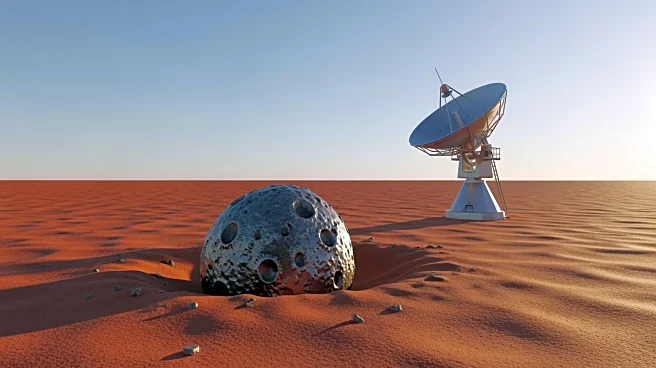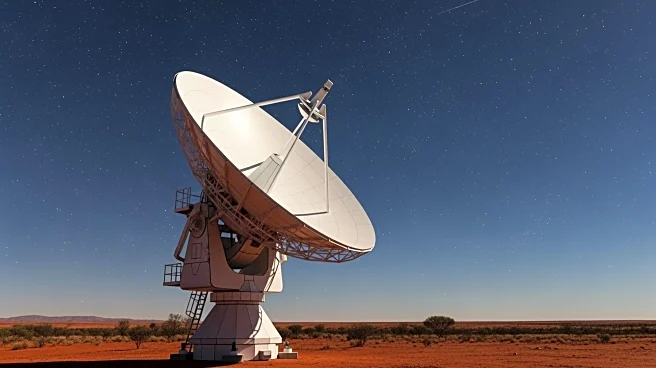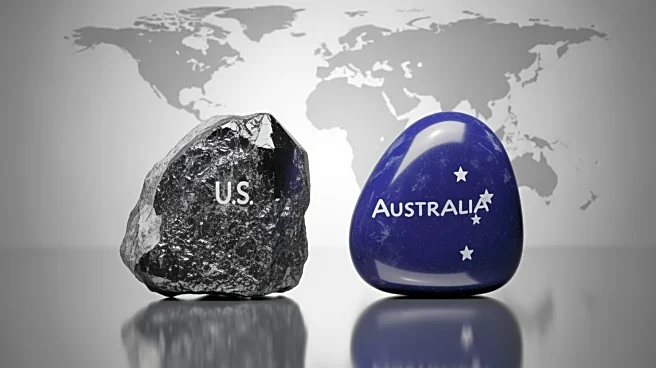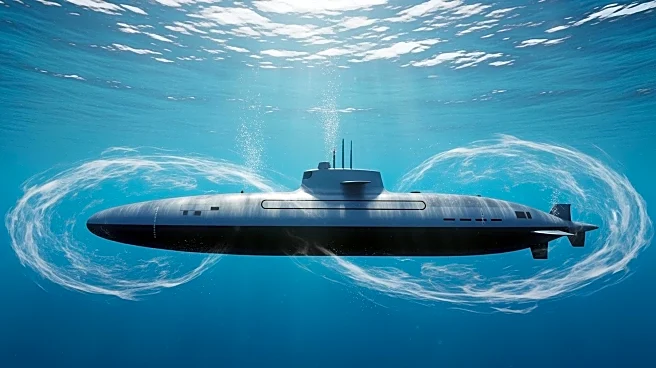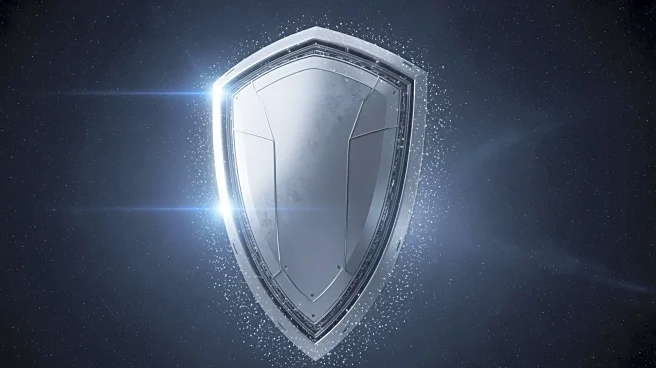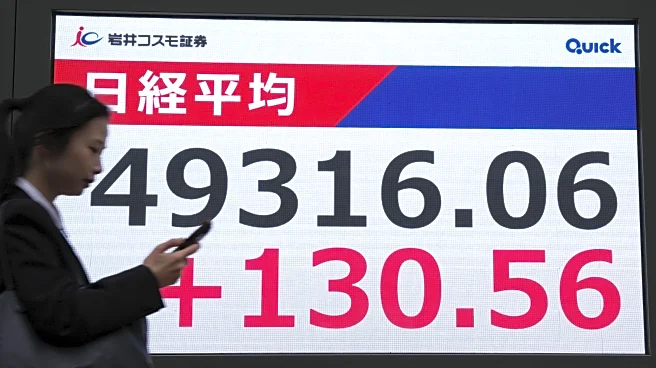What's Happening?
A mysterious object crashed in the Pilbara region of Western Australia, sparking a multi-agency investigation led by the Australian Space Agency. The object, discovered by miners near Newman, appeared
to be a charred cylinder of metal and composite materials, consistent with components used in spacecraft. Initial analysis suggests it may be a composite-overwrapped pressure vessel (COPV), commonly used in rockets to store high-pressure fuel or gas. The Australian Transport Safety Bureau confirmed the wreckage was unrelated to any known aviation incident. Theories suggest the debris may be from a Chinese Jielong rocket launched weeks earlier, as similar tanks have survived re-entry in past incidents.
Why It's Important?
The incident highlights ongoing concerns about the safety of uncontrolled re-entries of space debris. While most orbital launch vehicles burn up harmlessly upon re-entry, components like COPVs can survive and pose potential hazards. The United Nations Office for Outer Space Affairs recommends minimizing harm from re-entering debris, but enforcement is weak. This event underscores the need for improved tracking and mitigation of orbital debris, especially as space activity increases. Australia's role in space surveillance is crucial, given its geographic position and vast unpopulated areas, making it a prime candidate for debris recovery and monitoring.
What's Next?
The Australian Space Agency is analyzing the debris to confirm its origin, with a working theory tied to recent Chinese rocket launches. The government plans to expand national capabilities for tracking and mitigating orbital debris, reinforcing safety protocols for public encounters with unidentified objects. Authorities urge the public to report any strange metallic objects found, as some spacecraft materials can pose chemical hazards. The Pilbara wreckage has been secured and poses no current threat to the public.
Beyond the Headlines
The event raises ethical and legal questions about accountability for space debris. Identifying the exact source of debris is often challenging, complicating enforcement of international guidelines. As space exploration and commercial launches increase, the need for robust international cooperation and regulation becomes more pressing to ensure safety and accountability.
